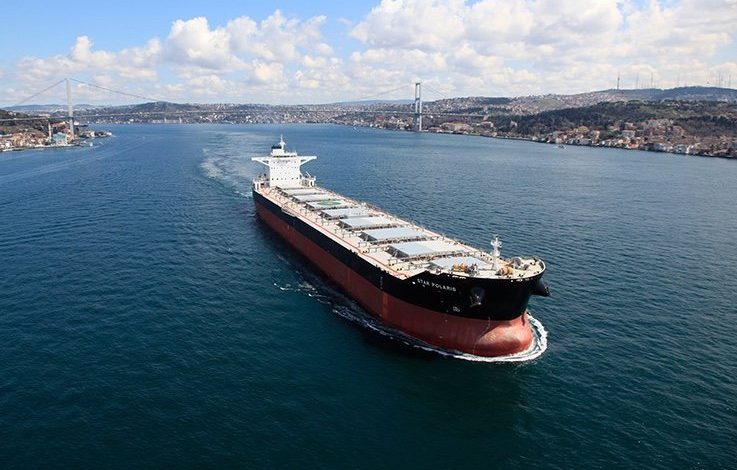Capes of good hope continue their upward trend

Athens: The capesize market has advanced each consecutive trading day since June 11, with the Baltic Cape Index growing by 810 points then to 1,393 points today.
“The last two weeks have seen an increased number of Brazilian iron ore cargoes come to the market and that’s primarily what is driving these rates,” Jeffrey Landsberg, managing director of New York-based Commodore Research & Consultancy, told Splash today.
“The capesize market is sensitive to changes in Brazilian export cargoes because it’s an Atlantic basin cargo. There have been less vessels available in the Atlantic rather than in the Pacific, and this is when cape rates find support.”
Brazilian cargoes are also a blessing in terms of tonne/mile earnings – the distance from Brazil to China is three times longer than the distance there from Australia.
Of all the Baltic benchmark routes, the Tubarao to the Beilun/Baoshan port range in China (C3) run has show the most growth since June 1, increasing by $2.025/tonne since the start of the month to $12.965/tonne today. Rates on the route have advanced by $0.29/tonne since Monday.
In contrast, spot rates on the C5 cape route from Western Australia to Beilun/Baoshan have increased by just $0.095/tonne over the course of this week and by $0.513/tonne since June 1. Today the route was assessed at $5.636/tonne, according to Baltic Exchange data.
Going west to Europe, spot rates on the Tubarao to Rotterdam run (C2) were today assessed at $6.844/tonne, an increase of $1.666/tonne since the month began and of $0.311/tonne since Monday.
“The other thing is that capesize fleet growth this year has been low – there has been lots of scrapping relative to deliveries,” Landsberg added.
Sixty-six capes size vessels have been scrapped so far this year, reducing the live cape fleet to the current 1,780 vessels (350m dwt total). According to data from VesselsValue.com, 146 new capes (28.5m dwt total) are scheduled to be delivered this year.
“The best thing for the cape market right now is the drop in capacity equal to 0.7% since the start of the year,” Peter Sand, chief shipping analyst for BIMCO, tells Splash. “Dry bulk more than anything needs to cut excess capacity – the capesize fleet stands out here. The handysize fleet has contracted a bit, while the supramax and panamax fleets are growing.
“BIMCO expects Brazilian iron ore exports to go higher in the third and fourth quarters this year – which will support the market,” Sand says. “But the key downside risk still originates from the lack of coal imports into China.”
All this optimism has also lent support to the timecharter market. Today, London’s Alibra Shipping estimates rates of $11,750/day for a one-year capesize timecharter. A month ago, the rate was estimated at $9,750/day.
